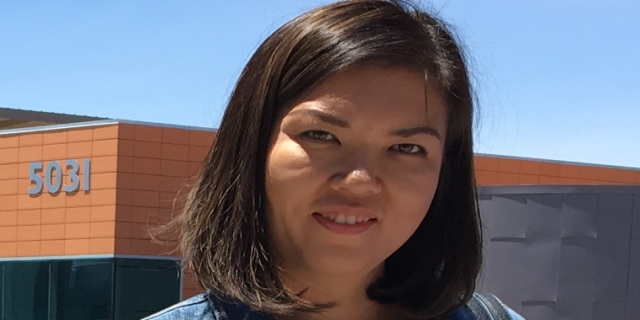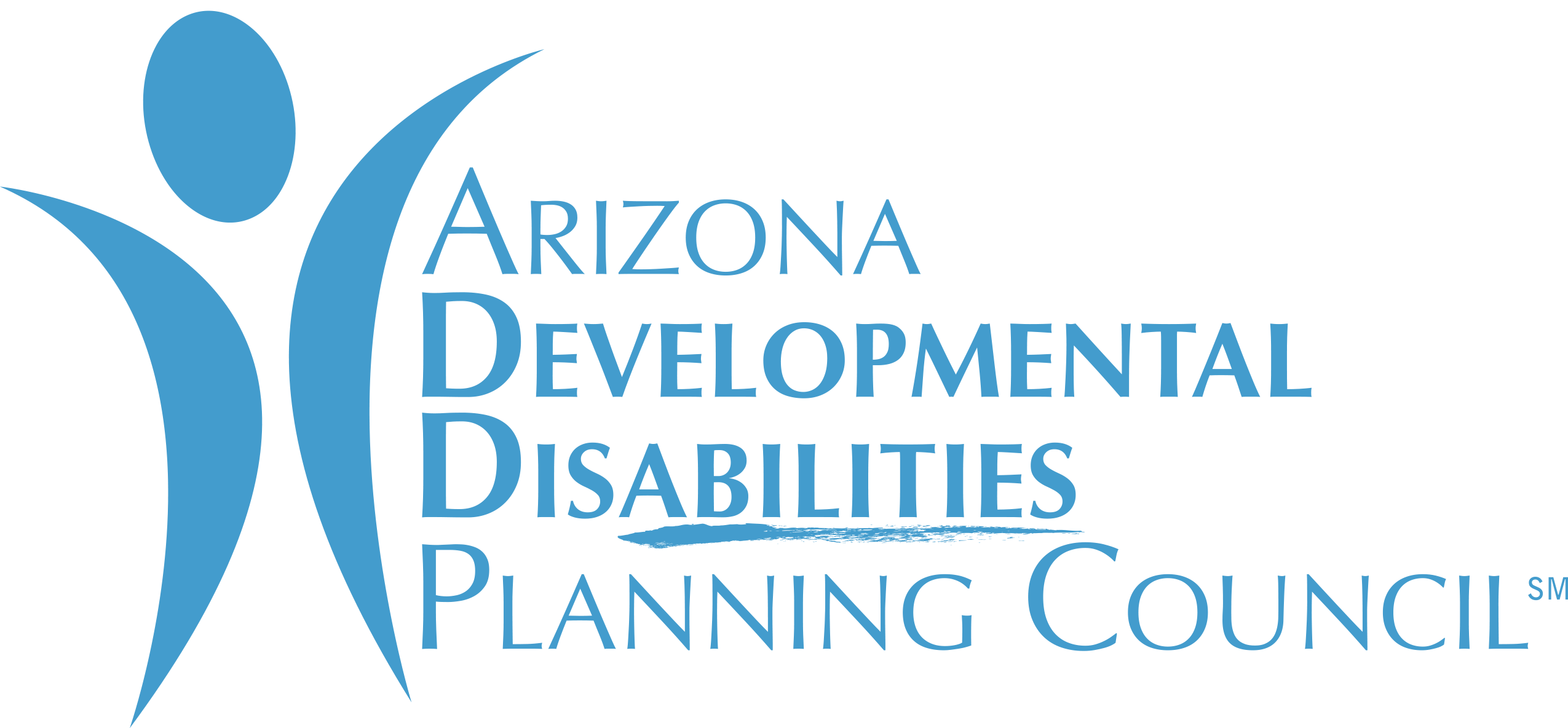U.S. inclusion model offers lessons for other countries

by Madina Bakieva, Guest Writer
Our Voices features guest bloggers in their own words sounding off on disability issues in Arizona.
Madina Bakieva serves as the executive director of the DARA Foundation, a nonprofit in Kazakhstan that serves children with disabilities. She was an international fellow under an Arizona State University fellowship in celebration of the 25th anniversary of the Americans with Disabilities Act. As part of the fellowship, she mentored under the members and staff of the Arizona Developmental Disabilities Planning Council during May. She is working toward bringing full inclusion to the Kazakh education system.
They say you can’t travel through time, you can’t see your future, and you can’t go back to the past, - well, except in those fantasy movies.
It happens that my 25th Americans with Disabilities Act Anniversary Fellowship to Arizona became such a travel in time. I saw how it’s progressed from 20 or 30 years ago and where my home country – Kazakhstan – might find itself in some years ahead, of course, if we plan and do things wisely.
While staying in Arizona for five weeks, I looked into different experiences, reading documents and stories related to inclusion of people with disabilities, learned how the whole concept has emerged from the time of an institutionalized and segregated approach to a modern philosophy of independent living, the least restrictive environment, and inclusion for all.
“It got much better” - I kept hearing this phrase from different experts, people with disabilities, and educators. By no means had it become perfect, but a long way was made to achieve this progress. It is well deserved, earned by many activists, protests, lawsuits, hard work, and yet, there is much to do.
My perspective from a country that is now comparatively in a situation of the United States of the 1960s and 1970s might help to evaluate once again those achievements, praise the progress made, and scrutinize significant turning points.
The concept of a “least restrictive environment” was a great breakthrough giving parents finally a choice to place their children with the mainstream schools in an inclusive setting. Still, with the level of special support some children require, it is not yet an easy choice between a special school and a regular one. There is a significant financial part of the question of special education at public schools, therefore learning that some more parents are looking into Empowerment Scholarship Account options and private schooling, not happy with the quality of their education at public schools, was not a total surprise.
Despite major rethinking of a labor force at U.S. schools many years ago, there is still high demand for special educators and teachers due to a lack of training, a big overload and sometimes underpayment. All are quite familiar challenges for all parts of the world. However, what is notable here in the U.S. is the level of enthusiasm and professional dedication among educators and specialists. Despite all those challenges, educators do provide high quality service to their students and strive to do even more.
But what is strikingly different at U.S. schools? What makes children with special needs benefit so well? Certainly, it’s due to an individualized approach and flexibility, as well as a level of independence, responsibility and creativity given to teachers, and an atmosphere of acceptance. Whenever we go and ask how many students/people they serve, how many they accommodate, whom they accept, we often hear that “we service as many as needed, we accept all, it is required by the ADA.” This level of obligation from service providers is amazing.
Certainly, we met mostly with the leaders in their fields: the Arizona State University Disability Service Center, Arizona Developmental Disabilities Planning Council, Ability360, Cave Creek Unified School District, the Tempe Elementary School District preschool called the Getz School, the Foundation for Blind Children and many others. A lot of thinking, funding and research were placed with those institutions. Some others might not be as profound with their services as those mentioned above, but it is essential now to make those examples and quality of services apply universally in all parts of a country as huge as the U.S. and among all communities.
What could we learn from those experiences? Definitely something about partnership and collaboration. Good ideas stemming from nonprofits, activists, supported with federal and state seed funding, nurtured through years, have now become an everyday routine, a public service. This is an amazing way to ensure needs are considered and services are sustainable.
There is also a lot to learn about comprehensiveness. A child and a family are taken care of since the very beginning, once someone notices any developmental delay or faces a special need, and the range of services continue through the whole life: in education, recreation, employment and assistive technologies. As we were often told, the person is treated as an individual with the whole spectrum of needs, not as a diagnosis. The medical approach to disability yet prevailing in many parts of the world should be finally replaced with a social model.
It is a good practice to establish a navigator service: be it a University Resource Center, service coordinator or a special educator at school. Families need support to utilize services and set a path for their children. At the same time, an approach to grow both parent and individual responsibility for their future is essential.
SWe often hear in our country that the society is not ready, that it needs more time to adjust to inclusion. I don’t agree. I think the values of human rights are universal and intrinsic to any society to every person and it is just a matter of choice for decision-makers to sustain them. It’s a choice we all make every day in every single act.
Stay tuned for a blog from Council staffer Michael Leyva, who will travel to Armenia this fall under the exchange ASU ADA fellowship program.






